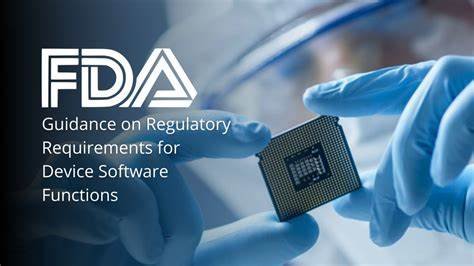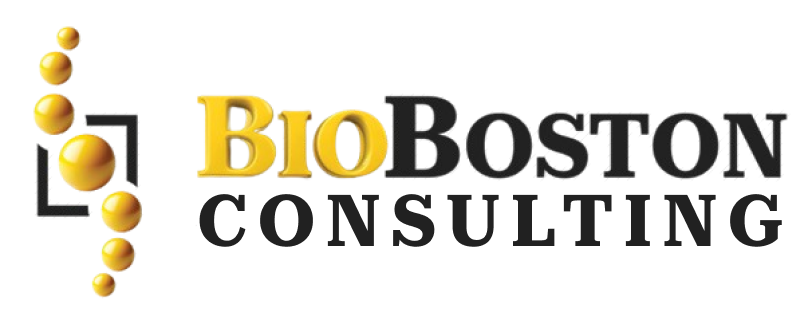“Explore the FDA’s updated guidance on content in premarket submissions for device software functions. Learn about risk-based documentation, verification processes, and modern development practices to ensure software safety and efficacy.”
The U.S. Food and Drug Administration (FDA) recently released a new guidance document on premarket submissions for device software functions. The guidance “Content of Premarket Submissions for Device Software Functions” supersedes the agency’s 2005 guidance with the same name.
Key Changes in the Updated Guidance
- Risk-Based Documentation Requirements
- Emphasis on Verification and Validation (V&V)
Recognition of Modern Development Practices
The new advice demonstrates a commitment to the safety and efficacy of medical device software, according to the FDA. There are three changes in the overall theme:
The new guidance is risk-based and for more complex and riskier software, more documentation will be needed. By implementing this change, the FDA is hoping to review these types of software through its premarket review process while continuing to provide oversight for more complex and higher-risk software. The FDA’s new guidance will place software in one of two risk categories: Basic or Enhanced requirements. Where it meets the definition of low-risk software, Basic Documentation will be required for all other cases; and where high-risk software is employed, Enhanced Documentation. The FDA will rely on factors and the level of regulatory control that apply to software, such as intended usage of the device, complexity of the software, and potential for harm if there is a bug in the software.
Understanding Risk Categories for Software
- Basic Documentation for Low-Risk Software
Enhanced Documentation for High-Risk Software
Emphasis on Verification and Validation (V&V):
The V&V processes are the ones focused on ensuring that the software fills its requirements and is error-proof. The change aims to strengthen the safety and performance of software by imposing more stringent conditions on manufacturers during software development. This new guidance is a detailed document that tells you how to go about your V&V activities.
Recognition of modern development practices:
The new guidance acknowledges contemporary development practices like agile development and continuous integration and delivery. Agile Development: A software development methodology based upon short iterations where requirements and solutions evolve through the collaboration of self-organizing cross-functional teams. Continuous integration and delivery are software development practices where building, testing, and deploying software can be automated. According to the FDA, these modern development approaches can help enhance software quality and safety. The latest update provides an approach to deploying these new practices within the context of the development of medical device software.
Adapting Your Development and Documentation Processes
This new FDA Guidance, Content of Premarket Submissions for Device Software Functions, is an important update that represents the agency’s dedication to medical device software safety and effectiveness. If you are a manufacturer of medical devices with software functions, it is important that you review the new guidance and further adapt your development and documentation processes accordingly.
Conclusion
For specific questions regarding any of the new FDA Guidance on Content of Premarket Submissions for Device Software Functions, email us or refer to this link. To help you make sense of the new rules and to support in putting them into place, we are here for you.
Visit BioBoston Consulting or visit our website to discover how we can help your organization.


